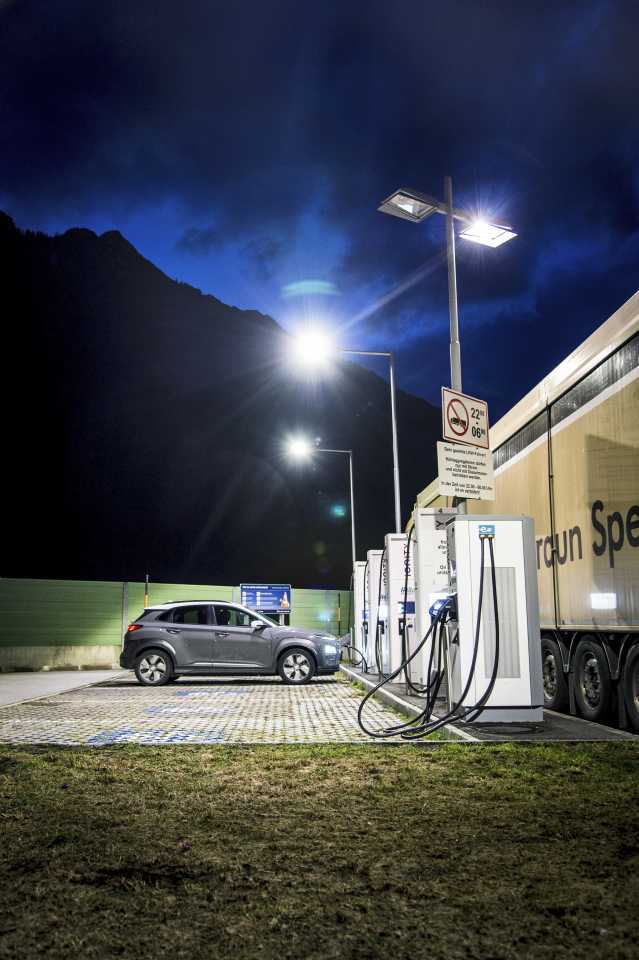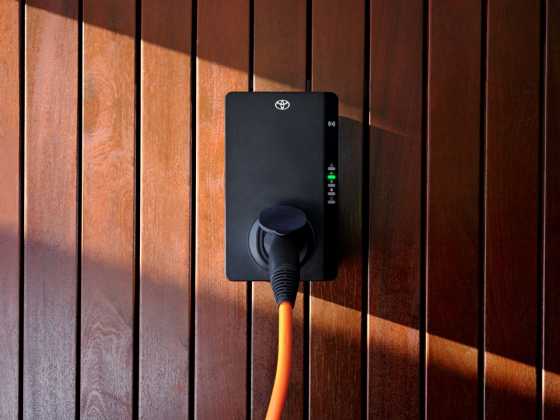Poor phone signal undermining charge point rollout success

Research from the RAC Foundation suggests that around two-thirds of Britain’s most common type of public chargepoint suffer limited mobile signal connectivity, which can be a major problem if the charger requires an app to function.
According to Department for Transport figures (based on data from ZapMap) there are 31,910 public chargers with speeds up to 8kw and almost all will be Type-2 chargers.
Chargers below 8kw are not obliged to provide for contactless payment, and the vast majority require drivers to access them via mobile phone apps.
What's more, most chargers themselves also need an adequate mobile signal connection to function.
The RAC Foundation analysed a randomly selected sample of 2,059 Type-2 public chargers across Britain.
The research reveals that the majority of these chargers do not have an adequate level of coverage from all four mobile phone network providers (EE, O2, Three and Vodafone) to guarantee they can be activated 100% of the time.
In Britain, outside of London, just a third (33.4%) of the Type-2 chargers analysed are in locations where there is acceptable all-network 4G coverage.
Two-thirds (66.4%) are in spots where a signal from one, two, three or even all the providers is absent or too weak to work.
In London, the picture is only slightly better at 39.7% and 61.3% respectively.
Where a 4G signal is absent then a residual 3G signal might still be available, but the national 3G network is due to be shut down completely by 2033. Vodafone has already turned off its 3G network with EE and Three expected to complete their shutdowns later this year, and O2 next year.
The mobile signal strength data used in the analysis was provided by Teragence. This data was then matched to the 2,059 chargers used in the study.
Steve Gooding, director of the RAC Foundation, said: “In many instances the mobile phone has become the key to unlocking the potential of the electric car. Unfortunately, that key does not always work.
“The mobile phone is already deeply embedded in our daily lives, not least when it comes to driving where we rely on a good mobile connection to inform our sat navs, pay for parking and to unlock electric chargers.
“But all these systems need to be designed with an eye sharply focused on real-world network coverage, which is often patchy, sometimes non-existent, and not about to become infinitely better.
“Where signal connectivity at a chargepoint is a problem drivers might conclude that the charger is at fault hence undermining the confidence we should be building in the reliability of public charging options for electric vehicles.
“What’s more, the poor connectivity won’t get picked up in the new mandatory reporting system applying only to the rapid charger network.
“In order to design reliable connected services that work for motorists we need a better approach to assessing and reporting the adequacy of on-the-move connectivity so that designers, including electric chargepoint providers, can select which of the readily available workarounds would cover for the shortcomings of the mobile networks.”



